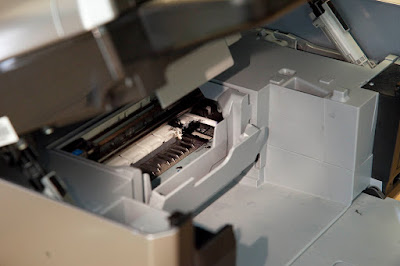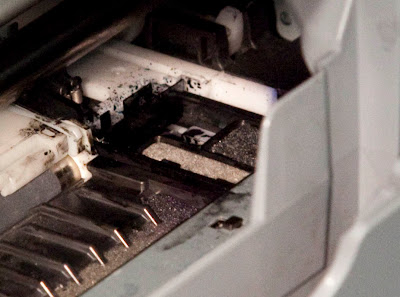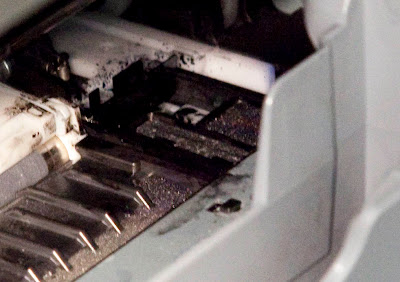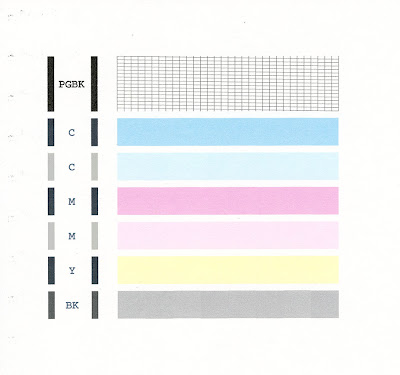Sometime, it takes a long time to clear the clog. Just flood the left purge pad with Windex every night. You have nothing to lose. This will not getting any worse.
But in the mean time, you can use the photo black for your printing. Select any photo paper for your normal printing. The MX830 will use the photo black instead of the pigment black.
Please scan the latest nozzle check and upload so that we can take a closer look.
But in the mean time, you can use the photo black for your printing. Select any photo paper for your normal printing. The MX830 will use the photo black instead of the pigment black.
Please scan the latest nozzle check and upload so that we can take a closer look.





